Top 12 Open Source Code Security Tools
Open source software is everywhere. From your server to your fitness band. And it’s only becoming more common as over 90% of developers acknowledge using open
Targeted attacks in cloud security are on the rise, hitting businesses big and small. This surge in threats puts developers like you in a crucial position. You’re not just coding – you’re on the front lines against a variety of cybersecurity risks that are growing and changing every day.
With 80% of companies encountering at least one cloud security incident in the last year, the relevance and utility of Cloud Threat Detection (CTR) tools becomes particularly apparent.
Integrating CTR tools into your development process improves your applications’ functionality and strengthens their ability to resist the latest cyber threats. But with so many cloud threat detection tools out there, knowing which to trust with your valuable data is challenging.
In the cloud, your organization faces several key threats. Data breaches are a top concern, often stemming from exposed APIs, cloud misconfigurations, insecure storage buckets, SSRF or compromised credentials, leading to significant data loss and legal issues.
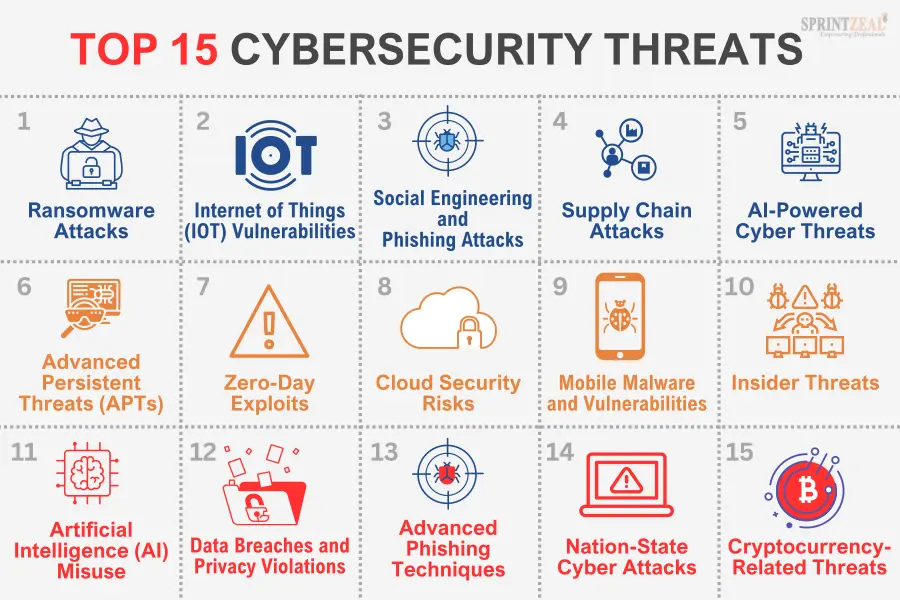
DDoS attacks and ransomware are also a significant risk, targeting your cloud resources and disrupting service availability. These attacks are more complex in the cloud, scaling rapidly and exploiting the distributed nature of cloud services.
The growing frequency and complexity of cloud threats necessitate proactive detection. This means implementing tools and processes that swiftly spot and mitigate security issues, safeguarding your data, reputation, and business continuity.
For this – we recommend cloud threat detection tools.
When it comes to evaluating and selecting the right Cloud Threat Detection (CTR) tools as part of your toolchain, here 4 key criteria that can assist your decision-making process:
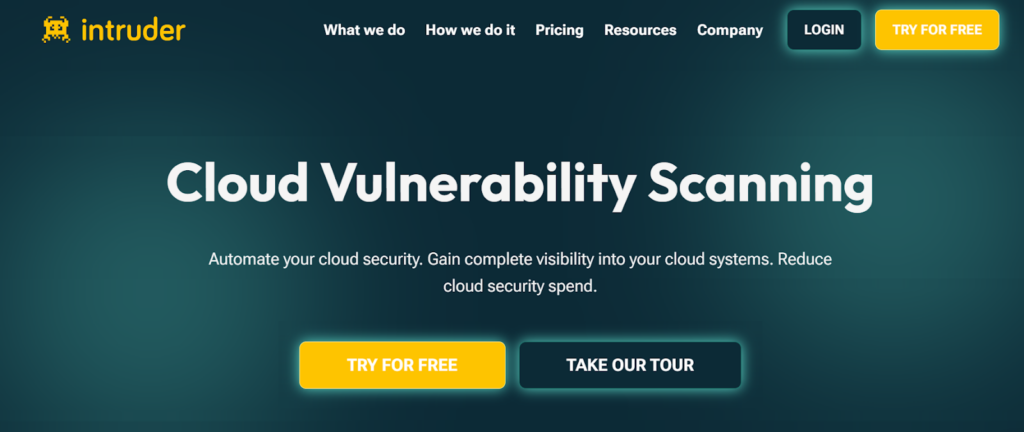
Intruder is a platform that provides vulnerability management services to its users. It combines continuous network monitoring, automated vulnerability scanning, and proactive threat response in one platform.
Smaller businesses with limited cybersecurity resources can benefit from Intruder’s user-friendly setup and fast. Larger businesses looking to manage complex and extensive attack surfaces.
Pricing for Intruder depends on the number of applications and infrastructure targets that need scanning. There are three pricing tiers available.
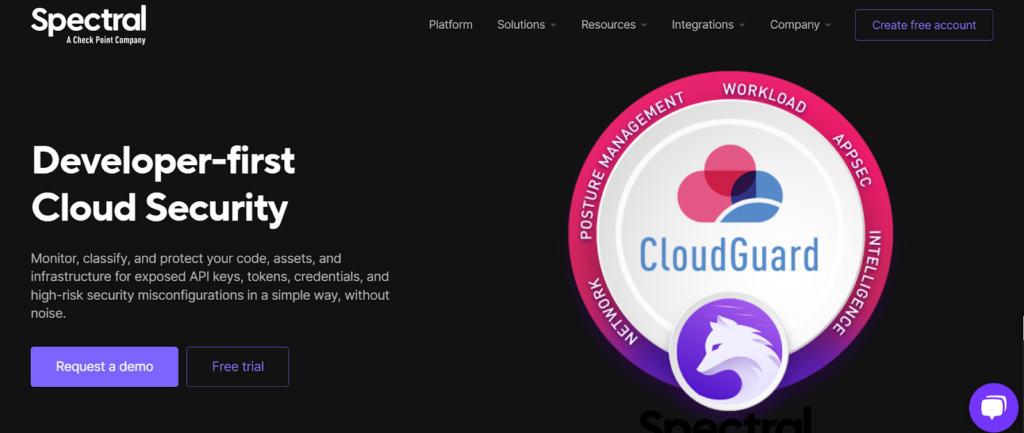
SpectralOps is part of Cloud Guard and specializes in data loss prevention through automated codebase security. This is achieved through monitoring, classification and protection of code, assets, and infrastructure for exposed API keys, tokens, credentials, and high-risk security misconfigurations.
SpectralOps is best suited for businesses that are looking to secure their SaaS applications and cloud environments. It is ideal for organizations that want to proactively manage their security posture and reduce the risk of security breaches.
Offers a free trial.

Cyscale is a cloud-native application protection platform that provides automated cloud security services to its users. The platform offers continuous visibility over complex cloud environments to identify misconfigurations and vulnerabilities, and provides agentless automated scanning and guided remediation across multiple cloud service providers including AWS, Microsoft Azure, Google Cloud, and Alibaba Cloud.
Organizations seeking comprehensive visibility, control over their cloud security posture, and streamlined compliance.
Three pricing tiers starting at $700 (up to 1000 assets).
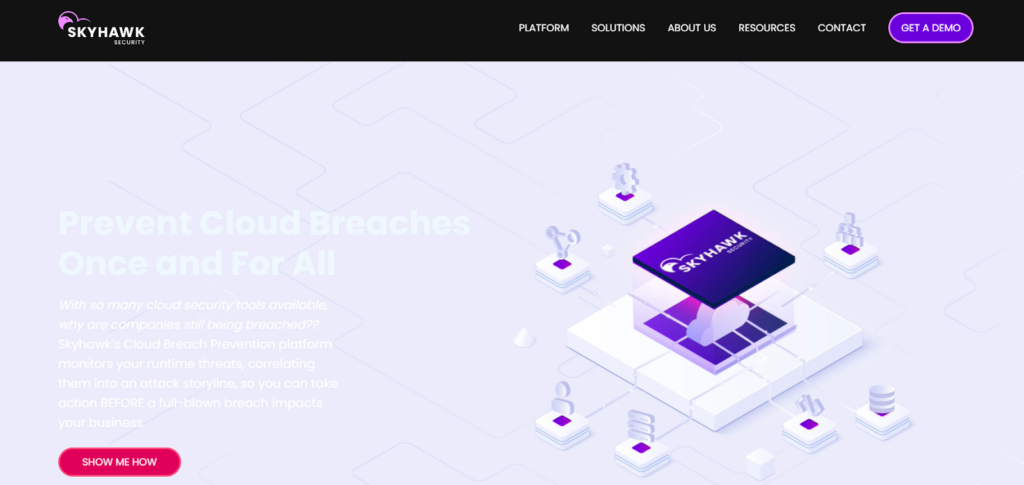
Skyhawk is a security platform that provides real-time threat detection and response for cloud, hybrid, and on-premises environments. It offers a unified security posture across all environments, enabling organizations to manage security risks more effectively.
Businesses requiring cutting-edge AI-driven security solutions.

Barracuda CloudGen Firewall is a security solution that provides comprehensive protection against a broad range of network threats, vulnerabilities, and exploits, including SQL injections, cross-site scripting, denial of service attacks, trojans, viruses, worms, spyware, and many more. It offers advanced SD-WAN capabilities and supports connections to distributed sites, multiple clouds, and remote users.
Large enterprises needing comprehensive network protection.
Contact for pricing or start with a free 14-day trial.
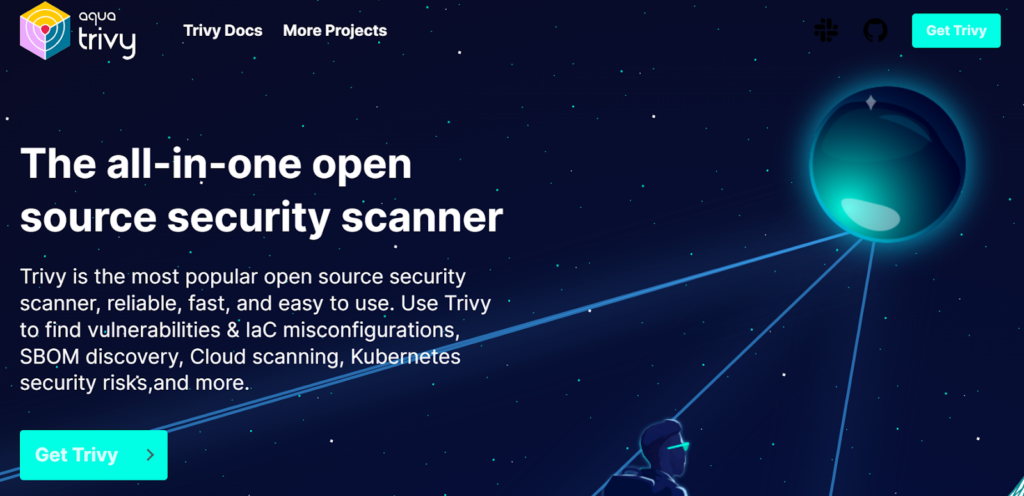
Trivy is an open source security scanner that can scan various targets for vulnerabilities, misconfigurations, secrets, software licenses.
Teams needing a reliable, open-source scanner for container images.
Free, open-source.

Developers and DevOps professionals who work with Git repositories that are looking to safeguard codebases from security vulnerabilities.
Free, open-source.

Suridata is a security platform that provides SaaS Security Posture Management. The platform discovers plugins, add-ons, and 3rd party integrations across your SaaS environment, analyzes their scope, assesses their usage, and determines whether or not they pose a risk to your organization.
SaaS organizations that need a cloud security solution that doesn’t negatively impact operations.
Contact for pricing or request a demo.
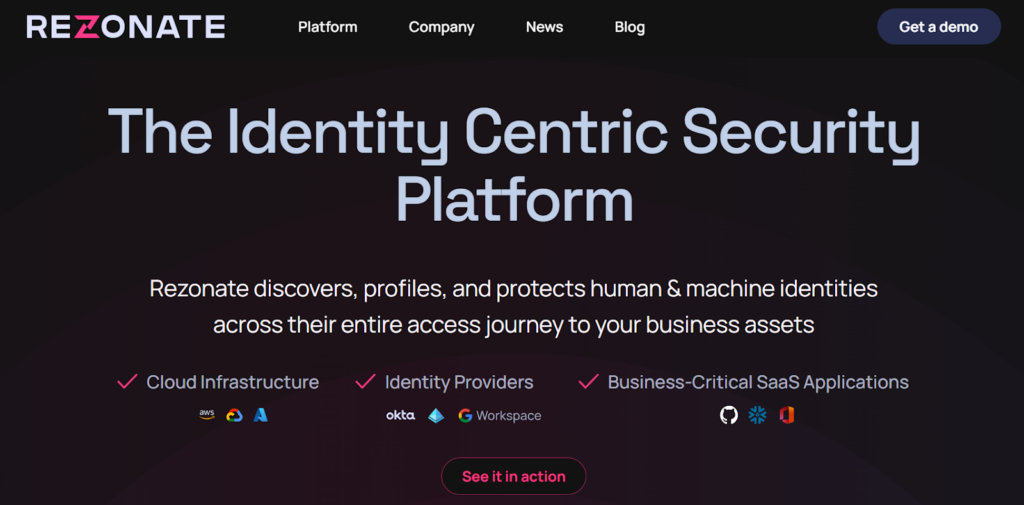
Rezonate provides an identity-centric security platform for cloud environments. It discovers, profiles, and protects human and machine identities across their entire access journey to your business assets.
Enterprises seeking to fortify their cloud identity and access management.
Contact for pricing or request a demo.
Cloud threat detection is a vital aspect of ensuring the security and integrity of your data and applications in the cloud. However, not all cloud threat detection tools are created equal. Some may offer more features, better performance, or lower costs than others. Therefore, it is important to compare and evaluate different options before choosing the best one for your needs.
If you want to see how SpectralOps can help you protect your cloud environment, sign up for a free trial today.

Open source software is everywhere. From your server to your fitness band. And it’s only becoming more common as over 90% of developers acknowledge using open

It’s easy to think that our code is secure. Vulnerabilities or potential exploits are often the things we think about last. Most of the time, our
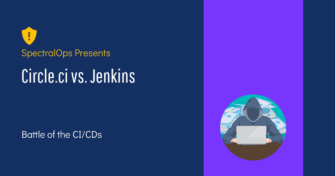
Continuous integration and delivery are necessary in any production level software development process. CI/CD are more than just buzzwords. Rather, it is a fully-fledged methodology of